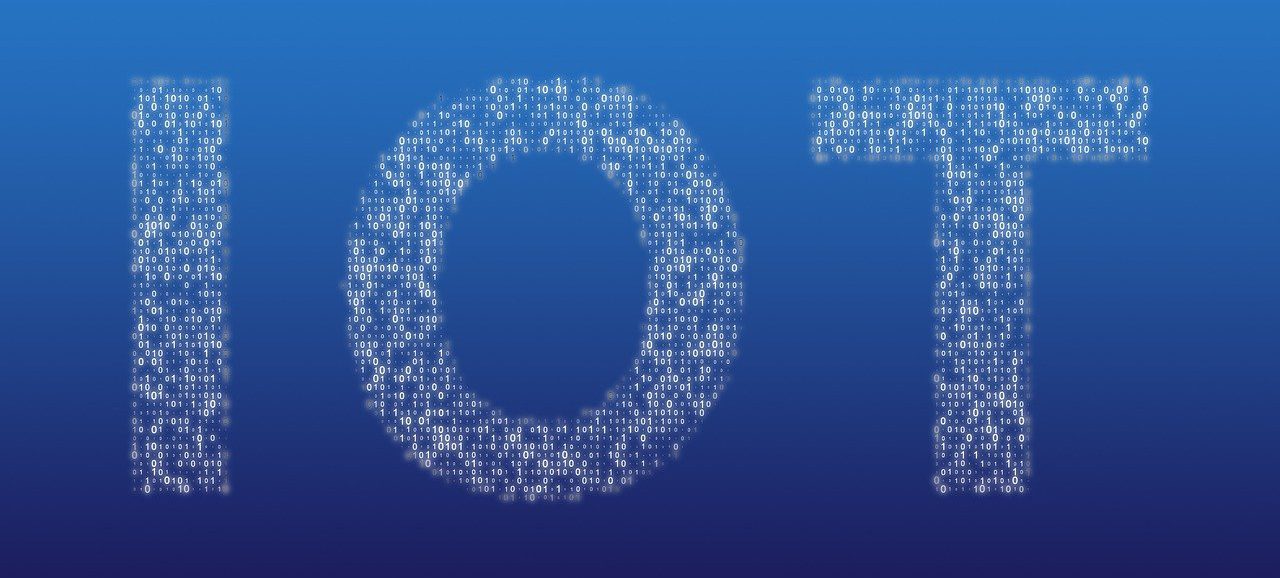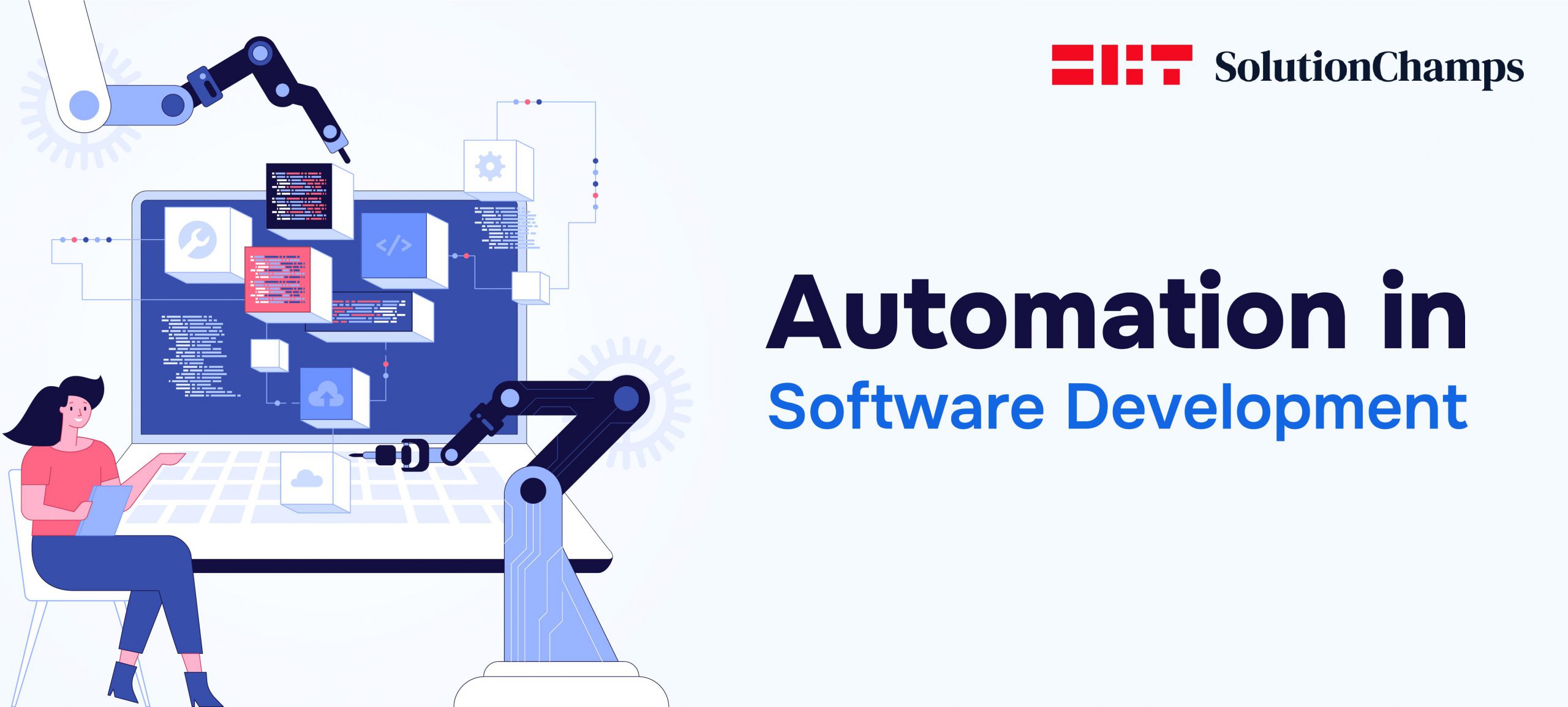Introduction
High customer demands, increased customization, and the need for timely delivery of products are a few challenges that stay ahead in the manufacturing industry. There is a growing demand for employing technologies in every field, and manufacturing is no exception.
Read on to learn more about the impact of IoT in the manufacturing industry.
Key components of IoT
Real-time data enhances operational visibility and makes informed decisions. Continuous data collection helps to gain insights into machine performance, energy consumption, quality parameters, and more. Manufacturers can apply analytical techniques to gain accurate predictions and optimize the process.
Devices and Sensors
Sensors are essential in IoT development. The device detects outside information and converts it into a recognizable signal. Sensors enable data collection in virtually any environment and are employed in major industries, including medical care, industrial operations, logistics, transportation, agriculture, tourism, and many more.
Connectivity
The process starts with data collection. It must reach the cloud or any storage location to analyze the data. Connectivity assumes a pivotal role in this context. This refers to the various technologies used to connect devices to the internet.
Cloud computing
Collected data should be analyzed using various technologies including AI, to derive meaningful insights. Cloud platforms offer the infrastructure needed to manage huge volumes of data generated by IoT devices, and enable real-time data processing.
Applications or Platforms
The applications are the user interfaces that allow humans to interact with IoT devices. Manufacturers utilize platforms for real-time monitoring, control, and decision-making in operations.
Benefits of IoT
The incorporation of real-time data in the manufacturing industry is a game changer. It opens the door to unfold numerous opportunities and take the business with accurate insights. Here few benefits of IoT are mentioned
Financial efficiency
Significant manufacturing expenses include materials, energy, and downtime losses. One should look for a reduction in operational costs to sustain their business in the market.
IoT solutions offer insights for businesses on the tools needed to reduce expenses and enhance revenue. Data-driven insights into various departments help to generate accurate reports. Revenue growth is determined by business production. IoT-powered solutions not only enhance production levels but also improve production quality, resulting in revenue growth.
Safety measurements and quality control
Ensuring safety remains a top priority within the manufacturing industry. The worker’s safety is of paramount importance. The manufacturing industry often involves heavy machinery and potentially dangerous processes. Safety incidents and accidents negatively impact productivity and efficiency. It disrupts schedules, causing downtime, and increasing costs due to injuries or equipment damage.
IoT helps to:
- Monitor workers’ physical health via wearable IoT devices
- Detect risky behaviours that might result in injuries
- Address safety issues in potentially hazardous workplaces
A while ago, ensuring quality in manufacturing was a manual, error-prone process. Manufacturers can measure quality factors like humidity with higher accuracy thanks to the IoT.
IoT sensors collect data for quality assessment and products requiring additional inspection.
Smart Factory and Automation
The shortage of skilled labourers is still a concern in many countries. Traditional manufacturing processes lack customization and flexibility. Human error often leads to production delays, quality issues, and safety hazards.
IoT serves as a foundation for smart factories, offering seamless communication and coordination between machines, and robots. Workflow automation, predictive maintenance, and real-time production monitoring convert factories into intelligent, dynamic settings. Smart factories boost productivity and flexibility, enabling businesses to react to changing client demands.
Automation ensures consistent quality by minimizing deviations in the manufacturing process. Smart factory technology, such as sensors enables real-time monitoring and inspection of goods, discovering faults or abnormalities quickly. This leads to greater product quality and a lower risk of defective or inferior items reaching the market.
Streamlines asset and location tracking
Asset and location tracking is crucial for optimizing processes, ensuring worker safety, and maximizing production. Traditional manual tracking can be time-consuming, error-prone, and lack real-time visibility.
However, with the advent of IoT, manufacturers may now use smart devices, sensors, and connections to improve asset and location monitoring methods. IoT-powered tracking systems provide accurate inventory data, enabling manufacturers to monitor stock levels and receive notifications for stockouts, reducing manufacturing delays, and overstocking, and optimizing supply chain management.
Shortening product time to reach the market
By reducing the time it takes to bring products to market companies can meet customers’ demand more quickly. Meeting customer demands in a timely ensures relevance in a constantly changing market.
IoT helps this process by:
- Direct communication between networks for quick decision-making
- IoT provides real-time data on demand, and market trends, enabling businesses to adapt production strategies efficiently
These advantages facilitate swift progression from concept to commercialization, minimizing product cycle time and yielding substantial time savings.
Conclusion
Manufacturers may improve demand forecasting, achieve faster time to market, and improve customer experience by leveraging IoT data. However, successful IoT software development for manufacturing necessitates careful planning. Hire a reliable partner to leverage the power of IoT to your business.
 HealthCare
Contact Us
HealthCare
Contact Us
 HealthCare
Contact Us
HealthCare
Contact Us




